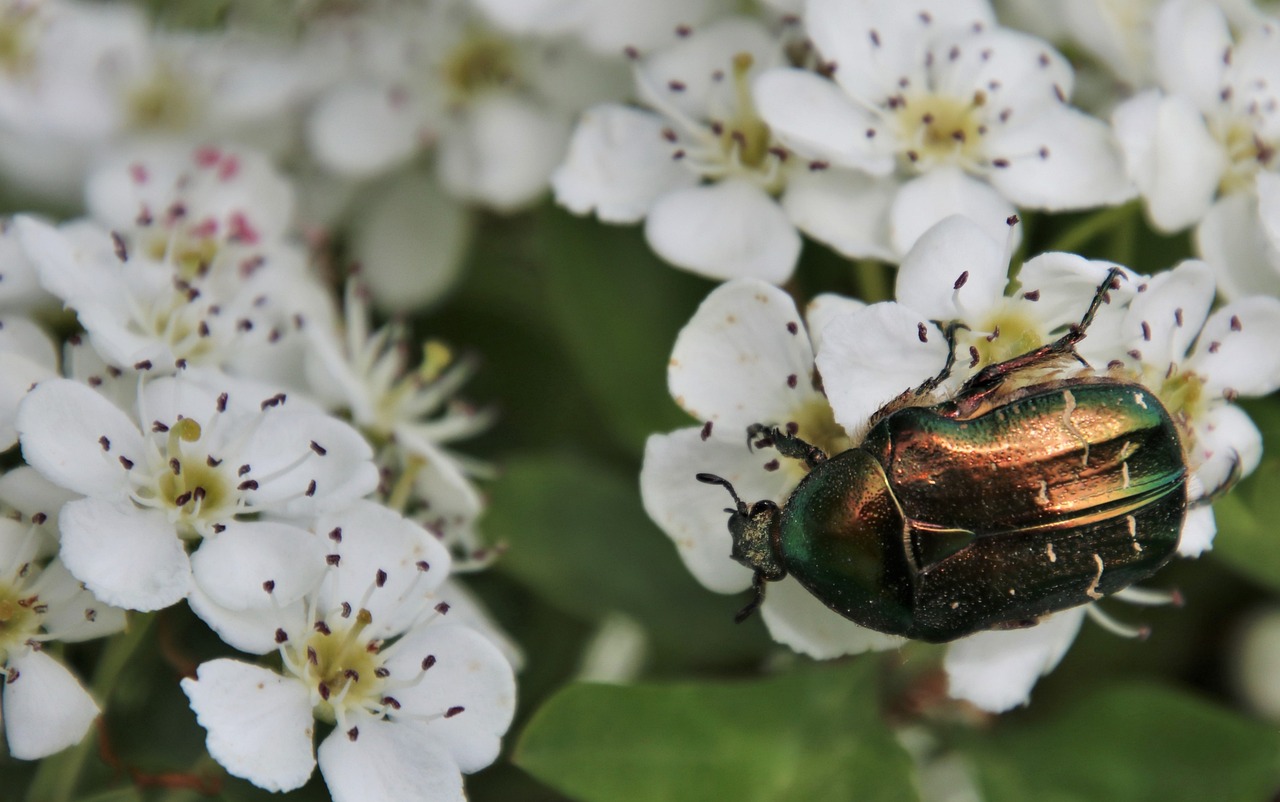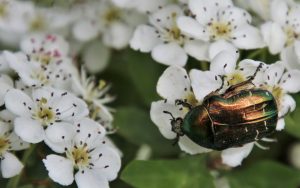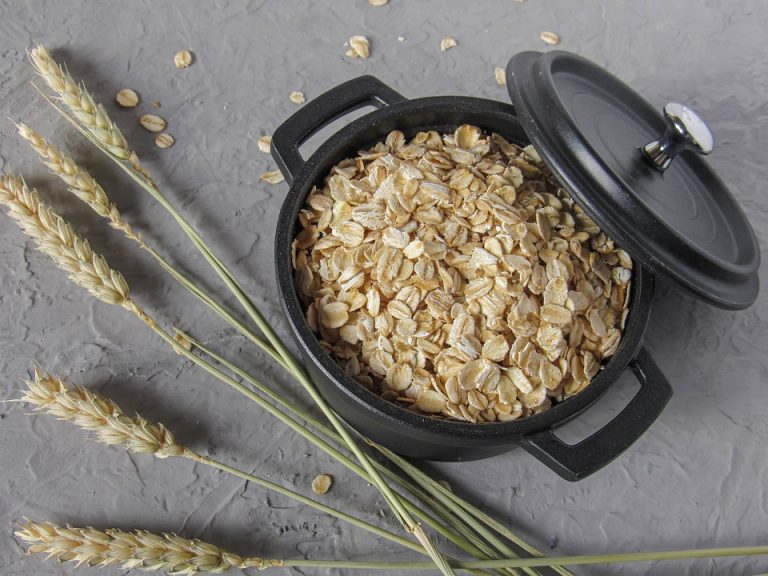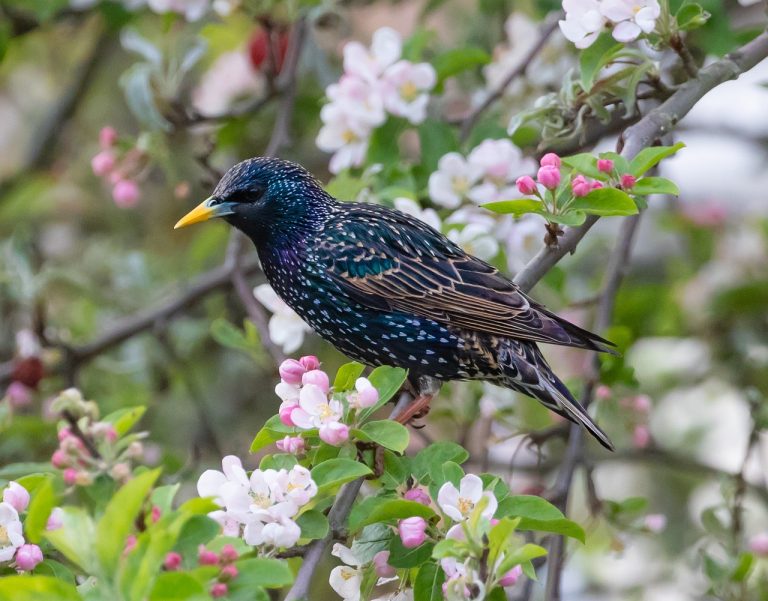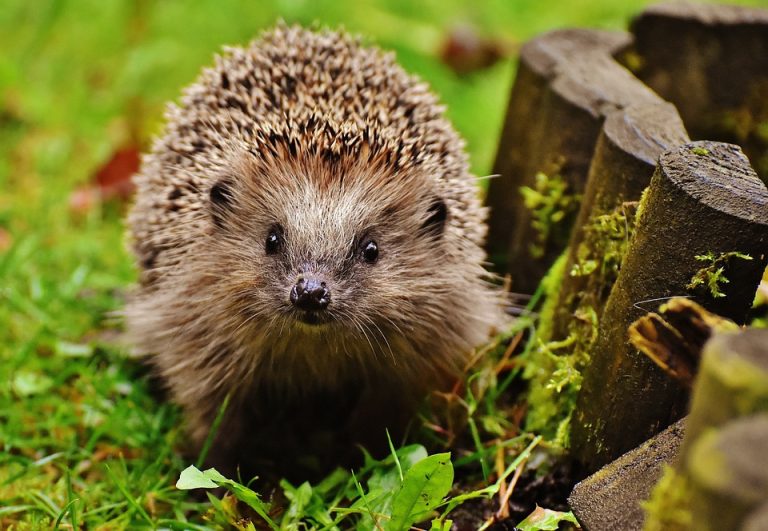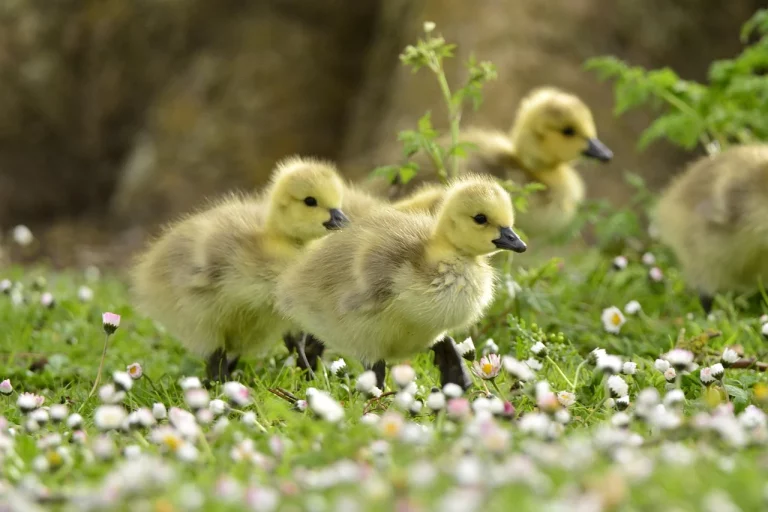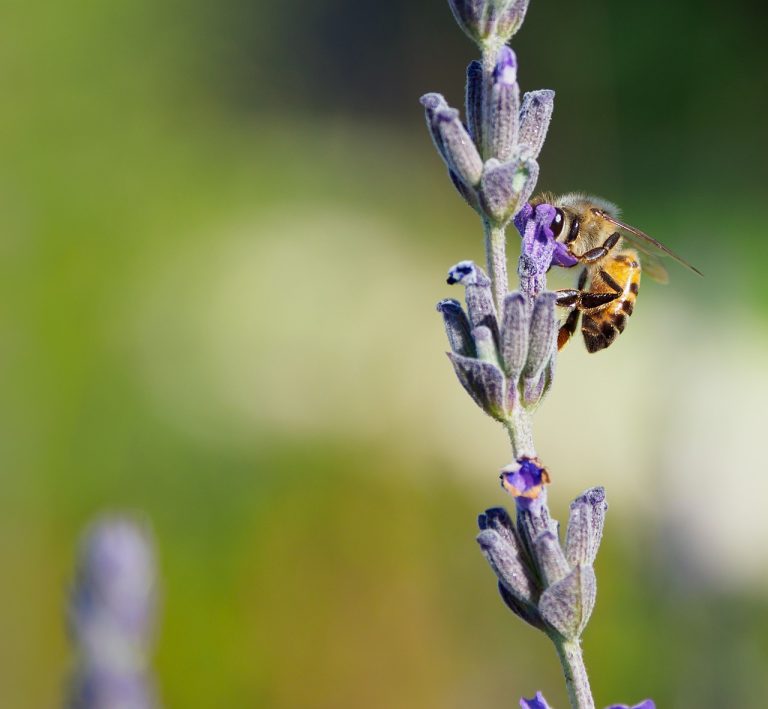HOW TO GET RID OF POLLEN BEETLES (5 useful tips)
Tired of these minuscule troublemakers wreaking havoc on your vibrant garden or precious crop fields? Say goodbye to the pesky invasion of pollen beetles! Discover a myriad of effective strategies and natural remedies to bid farewell to these tiny but troublesome critters. From cunning prevention tactics to eco-friendly control methods, unlock the secrets to reclaiming your blossoms and safeguarding your harvest. It’s time to take charge and banish these buzzing nuisances for good!
HOW TO GET RID OF POLLEN BEETLES?
Use mesh netting as a barrier.
Encourage natural predators like ground beetles and birds.
Consider specific insecticides as a last resort.
Pollen beetles, a nuisance for flowering crops, can be managed effectively using various methods. Employing fine mesh netting acts as a protective barrier, preventing beetle access to vulnerable plants. Encouraging the presence of natural predators such as ground beetles and birds aids in controlling beetle populations naturally. As a last resort, specific insecticides formulated for pollen beetles can be considered, ensuring careful application to minimize environmental impact.
By using a direct approach with concise sentences featuring common terms like “mesh netting,” “natural predators,” and “insecticides,” the information is clear and easily digestible for readers. This method enhances the visibility of the content in search engines by aligning with common search queries related to pollen beetle control.
UNDERSTANDING POLLEN BEETLES
Pollen beetles, commonly known as Brassicogethes, are minuscule insects notorious for their attraction to flowering plants. These beetles, often no larger than a pinhead, possess a significant nuisance factor, especially for those who grow crops like canola, mustard, and other flowering plants. Their presence during the blooming season can cause extensive damage by feeding on pollen, buds, and flowers, leading to a reduction in crop yield and quality.
IDENTIFICATION AND BEHAVIOR
Identifying these beetles can be challenging due to their small size and resemblance to other harmless insects. Typically, they’re elongated, slender, and metallic in color, varying from bronze to black. Their habit of congregating on flowers, particularly yellow ones, aids in their identification. Understanding their behavior patterns during different phases of the plant’s growth cycle is crucial for effective pest management.
PREVENTION STRATEGIES
Preventing pollen beetle infestations begins with proactive measures. Crop rotation, where possible, helps disrupt the beetles’ life cycle by removing their preferred host plants. Additionally, timely sowing and adjusting planting dates to avoid peak beetle activity can mitigate their impact. Physical barriers like fine mesh netting can act as a protective shield, preventing beetles from accessing susceptible plants.
NATURAL PREDATORS AND BIOLOGICAL CONTROLS
Encouraging the presence of natural predators such as ground beetles, parasitic wasps, and certain birds can aid in controlling pollen beetle populations. Introducing biological control agents, like specific fungi or nematodes that target these pests, is another eco-friendly approach worth considering.
CHEMICAL CONTROL MEASURES
When preventive and natural methods aren’t sufficient, resorting to chemical controls might be necessary. Insecticides specifically formulated for pollen beetles can be applied, but caution is vital to minimize the impact on non-target insects and the environment. Consulting with agricultural extension services or professionals is advisable to ensure the safe and effective application of these substances.
Frequently Asked Questions (FAQ) About Getting Rid of Pollen Beetles:
What are pollen beetles, and why are they a problem?
Pollen beetles, also known as Brassicogethes, are tiny insects that feed on pollen, buds, and flowers of flowering crops like canola and mustard. They pose a problem as their feeding habits can significantly reduce crop yield and quality.
How can I identify pollen beetles in my garden or crops?
Identifying pollen beetles can be challenging due to their small size and metallic appearance. They are typically elongated and vary in color from bronze to black. Look for them congregating on flowers, particularly yellow ones, during blooming seasons.
What preventive measures can I take to control pollen beetles?
Crop rotation to disrupt their life cycle, adjusting planting dates to avoid peak beetle activity, and using fine mesh netting as a physical barrier are effective preventive measures. These steps help protect susceptible plants from beetle damage.
Are there natural ways to control pollen beetles?
Yes, encouraging natural predators like ground beetles, parasitic wasps, and birds can help manage pollen beetle populations. Additionally, introducing biological control agents such as certain fungi or nematodes can assist in controlling these pests.
When should I consider using insecticides to get rid of pollen beetles?
Insecticides should be considered as a last resort when other methods have proven insufficient. Specific insecticides formulated for pollen beetles can be used, but careful application is crucial to minimize their impact on non-target insects and the environment.
How can I ensure the safety of other beneficial insects while controlling pollen beetles?
Consult with agricultural professionals or extension services for guidance on using insecticides in a targeted and environmentally responsible manner. This helps minimize harm to non-target beneficial insects and ensures effective pest control.
What should I do if I suspect a pollen beetle infestation in my crops?
Monitor your crops regularly for signs of beetle damage, such as feeding on buds and flowers. Act promptly by implementing preventive measures or seeking advice from agricultural experts to address the infestation effectively.
Can pollen beetles cause long-term damage to crops?
Pollen beetles can cause significant damage, leading to reduced crop yield and quality if left uncontrolled. Timely and proactive pest management strategies are crucial to minimize their impact on crops over the long term.
Are there any organic or eco-friendly methods to control pollen beetles?
Yes, several organic and eco-friendly methods, such as using natural predators, crop rotation, and biological control agents, can effectively manage pollen beetles while minimizing environmental impact.
How often should I implement control measures for pollen beetles?
Regular monitoring of crops and implementation of control measures based on the presence and severity of pollen beetle infestations are recommended. Adjustments may be necessary based on seasonal variations and the specific vulnerability of crops to these pests.
CONCLUSION
Pollen beetles pose a considerable threat to flowering crops, impacting both yield and quality. Understanding their behavior, implementing preventive measures, encouraging natural predators, and, if needed, employing controlled chemical solutions are crucial steps in effectively managing these pests. Combining various strategies tailored to the specific crop and environmental conditions can significantly reduce the impact of pollen beetle infestations, safeguarding the health and productivity of agricultural yields.

